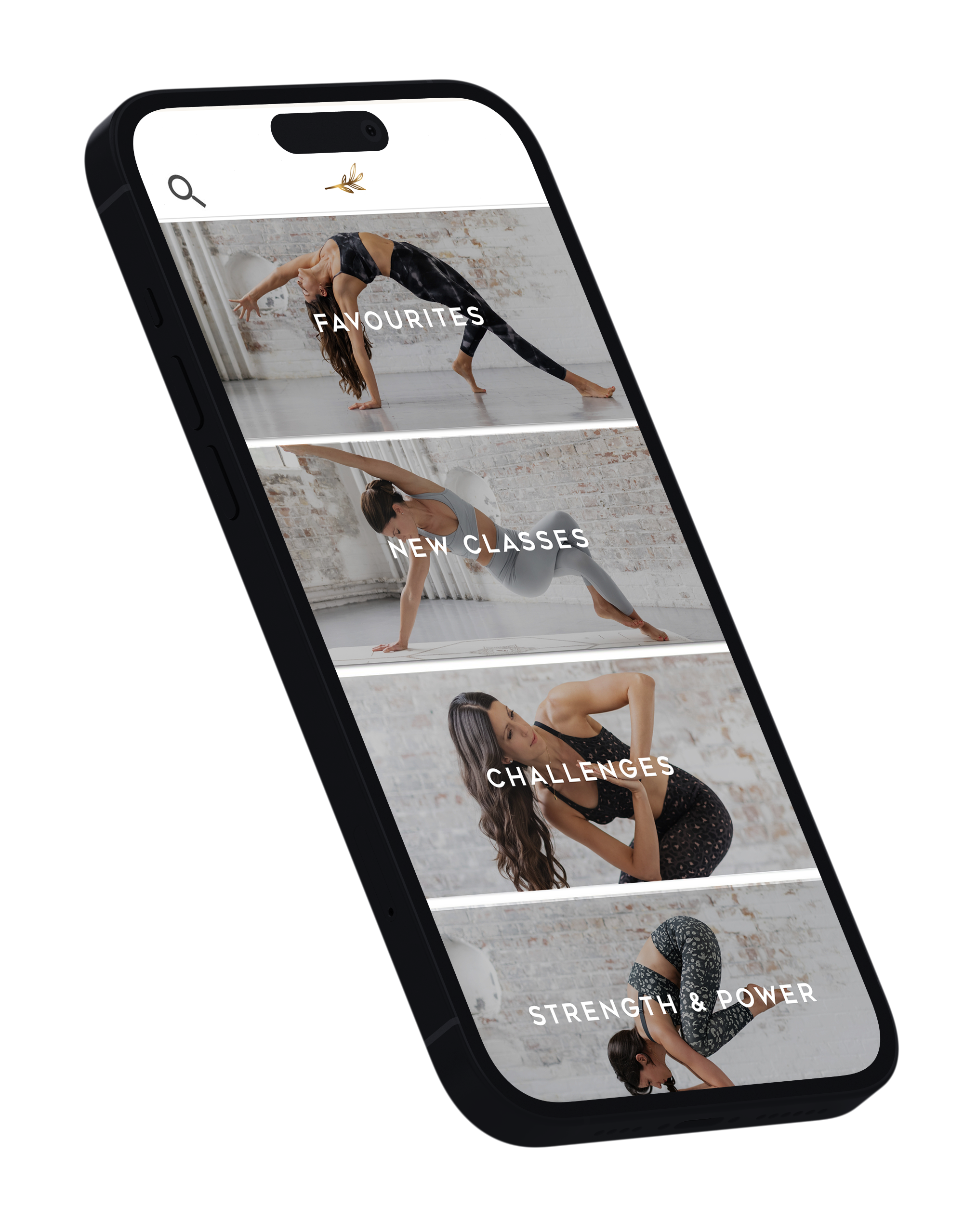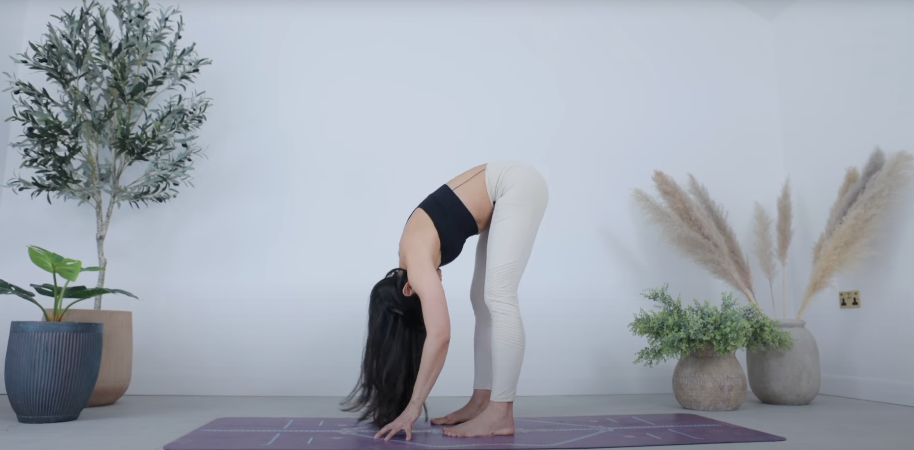19th May 2019
POSITIVE BIRTH STORIES – Rebecca’s Story

REBECCA’S STORY
Getting Bored of the Waiting
41 weeks.
That is 287 days of being pregnant.
And while the extra 7 on top of the due date might seem insignificant, given that expectations are the enemy of happiness, I can tell you they might as well be 7 extra weeks.
Not least of all because the doctors were starting to get antsy about me going further overdue and talking about an induction. While I had faith I could manage a natural labour without an epidural, I did not have faith I could do a medically induced one on just gas and air. Meaning this was something I was pretty dead-set against.
So we compromised. On a sweep at 41 weeks, another one booked 2 days later, and a meeting with the consultant midwife to discuss options beyond that if still needed. I also booked myself in for an induction acupuncture session a few hours after the sweep. If you are going to go for it, go large right?!
The sweep was straight-forward and not at all painful. Which left both the midwife and I pretty surprised when I started bleeding more than she was comfortable with. So I was packed off to the antenatal day assessment unit for a couple of hours monitoring, before being given the all clear, and dashing off for my acupuncture.
Which was a lovely experience after all the hospital vibes, even if my muscles were still twitching as I made my way home mid-afternoon.

Then it Begins…
At 5.30pm I had my first contraction.
Which I can say now with the benefit of hindsight.
At the time, I wasn’t really sure whether this was the real thing. Not because it didn’t feel real – contractions for me started and stayed strong, and regular, two every 10 minutes from pretty much the get go – but because without my waters breaking or any of the other symptoms of early labour, I just had a lot of doubt in my mind.
Getting Going: Anxiety and All
Scroll forward a couple of hours and my doubt was kindly assuaged by both the power and the consistency of the contractions. Mr RAD drew me a bath, which was nice in theory and not so nice in practice. We learned pretty quickly that I needed to be moving for every single contraction. Swaying while leaning forward with my arms/head on something would turn out to be my favoured position, so lying back and being still in the bath definitely did not tick the box for me.
The Tens machine however did. I loved that little gadget. I don’t know whether it actually disrupts the pain signals as the marketing blurb suggests, but it certainly gave me another sensation to focus on.
But no amount of swaying or electrical current helped with a new and surprising feelings that came over me in those initial hours: anxiety, and to be very honest, fear.
It scared me how intense the contractions were, especially so quickly. And rather than equate that with the likely reality that my labour would progress quickly, my brain seemed stuck on the fact that most first labours are long and slow. And I instantly doubted whether I could endure these feelings for an extended period of time. Especially as while the contractions were progressing well, I had a sneaking suspicion that I wasn’t dilating at a similar speed.
Heading to the Hospital, Too Early
My contractions hit the magic “3 in 10 minutes” level after only 3 hours so we made our first call to the hospital. They advised us to wait another hour to be sure they remained that way, and as the answer was yes, we waddled into a black taxi and arrived at the hospital around 10pm.

By this time, things were getting really intense for me and I was really really beginning to doubt I could stick to my original plans. So when we were ushered into the antenatal day unit for assessment (where I had been monitored some 12 hours earlier) and I was found to only be a couple of centimetres dilated, I will freely admit I had a little panic.
The midwives took pity on the rather distressed version of me this brought out, and told us we could stay in the side room I had been examined in (rather than sending us home). A decision they quickly became even more sure of as my bleeding kicked off again.
Not enough for them to worry about in and of itself, but enough that they wanted me where they could keep an eye on me. So with the addition of some paracetamol, we settled in for what would be another couple of hours.
Surprisingly, this all helped my anxiety significantly.
I had absolutely expected the hypnobirthing advice that you will be more relaxed at home to be true for me. But given my reaction to what I was experiencing seemed to be catastrophising it all, being in the hospital where the full gamut of options was available to me, helped calm me down in a meaningful way.
Home-from-Home: the Magic of Gas and Air
At around midnight, we were moved to the home-from-home ward as everyone agreed this was the real thing. Where with the bleeding continuing, the midwives asked to hook me up to a monitor in order to keep an eye on the baby’s heart rate. All of which I was fine with, except for the fact I absolutely HAD to be moving and swaying with every contraction (you couldn’t have paid me to get into the birthing pool at this point) and that they didn’t have a wireless monitor.
So this lovely student midwife spent a good hour crouched on the floor at my feet, dodging the dripping blood, trying to hold this monitor on as both me and the baby moved around far too much to make getting a good reading possible any other way.
Not that I especially cared at this point, because I had gas and air. Wonderful wonderful wonderful gas and air. This stuff really worked for me: strong enough to take the edge off, giving me something to focus on during each contraction, and ensuring I was breathing slowly, deeply, and consistently. Pure magic.
But as I began to zone out (or in?!), it was stressing the midwives out not to get a solid heart reading on the baby, and to see me continue to bleed. So they asked us to consider moving across to the labour ward.
I vaguely remember putting up a bit of a protest, but they sold me on it with two things: a wireless monitor (which would mean I could move even more), and the fact our angel of a student midwife would stay with us.
Labour Ward: I Can’t Do This
An examination upon arrival showed that I was now 6.5cm, so progressing well for a first-timer (it was now around 1am). This should have been good news of course, but by this point, all of my hypnobirthing affirmations had long disappeared and pretty much the only things I could say, on repeat, were “I can’t do this” and “I need help”. All be it pretty quietly and forlornly, but still.
I had expected the entire labour process to be a big crescendo… progressively getting stronger and more painful, until out pops the baby. But for me, it wasn’t like that at all: once I was in the thick of it, that’s pretty much as much as it got. I just didn’t know that would be the case at the time. And it was that not-knowing that well and truly freaked me out. Sure, I could do what I was doing right there and then, but not what was surely going to come in 2, 5, 1o, 24 more hours, right?!
Thankfully both Mr RAD and the midwives had faith in me even when I didn’t. And kept telling me that not only could I do it, but I WAS doing it. As often as I told them I couldn’t. Saints, the lot of them in short.
So when my waters broke at around 2.30am (just like you see in the movies: a huge splash over everyone’s feet!), and we found I was the full 10cm dilated, off we kicked into the next phase. And I finally got to stop worrying about the while shebang going on for hours and hours.
Quinn’s Arrival
My memory of this part of the process vs. what actually happened is hilariously disconnected, so most of what you are going to read next is what I have been told after the fact.

What I remember is a few minutes of feeling such overwhelming downward pressure that I was up on my tiptoes trying desperately to climb out of my own body in order to escape (though I must say that pushing contractions are a whole lot more manageable than dilating contractions). After that didn’t work (shocker!), I tried pushing a couple of times in one position before the midwives asked me to move onto my back as the baby’s heart-rate wasn’t recovering from each contraction as they would like. And then out he came.
The reality apparently was that I was pushing in that first position for 40 odd minutes. And not getting very far. Which is when they asked me to move on to my back. Again, the hypnoborthing mantra is that this is a no-no for a smooth and easy delivery. But for me, it worked a charm. I physically felt much more comfortable and was able to finally connect my pushes to action. Meaning that with another 15min of pushing, and one episiotomy later, my 9lb (4kg), 95th percentile head-diameter hunkachunk of a baby was born.
Which is even more hilarious when I remember that the doctors sent me for an additional growth scan at 38.5 weeks because they were worried he was going to be SMALL. Ha!
Then followed a blissful few minutes of skin-to-skin, family-of-three hugs and kisses, and general wonderment.
I had done it. And our perfect baby boy was here. Quinn Lucas. Our son.
Then Things Go a Little Wrong: The 1% Complication
Unfortunately, all of that bliss was relatively short lived. Because my placenta didn’t want to come out.
I had the injection to help, but it didn’t do the trick. So my midwives tried and tried. This involves lots of tugging and pulling, which I barely noticed. But having one person after another put their entire body-weight onto your now incredibly tender abdomen is something else entirely. All as your body is also trying its best to do the job, via increasingly awful and continuous cramping.
After about half an hour of this, I couldn’t hold the baby anymore. In fact, all I could hold onto was the side of the bed, as things got more and more miserable. I don’t know whether it was the actual pain of what was happening to/inside me or whether it was all the endorphins of the birth wearing off. Or the fact I had no idea any of this was even a possibility, forget about one that would turn out to be more painful than the entire previous 10 hours, but it was.
Another half an hour passed, with more midwives and doctors congregating, they finally told me that we needed to go to surgery to get it out. Under epidural or general anesthetic. Which at this point I was pretty much begging for.
Unfortunately, the universe had clearly heard my plans for a drug-free birth a little too loudly and clearly. Because I lay on a freezing cold operating table, pretty much naked, as two (male) anesthesiologists spent 45 minutes trying and failing to get an epidural into me. I couldn’t move / not move in the way they needed me to as my pain continued to escalate. It was, frankly, awful. So they finally pulled the plug and said that we would go the general. Which I was now definitely begging for.
But my angel midwives and the senior female doctor who had been checking in on me through the labour, wisely, had other ideas. Having heard what was happening they all swooped back in and told me that after having got through everything by myself, I absolutely didn’t want the general anesthetic: it would compromise my recovery post the birth, and Quinn’s given I would be out of the count for breastfeeding etc. They told me we could do it on my beloved gas and air.
At this point, all I wanted was any pain relief I could get my hands on and at least gas and air is instantaneous. But having these amazing women literally surround me (I had our student midwife hugging my shoulders, the senior midwife holding both my hands, our main midwife stroking my arm, and the female doctor at the business end), reassuring me, telling me it would be ok and that I could make it through this final stretch made all the difference.
So we did the manual evacuation of the placenta on gas and air. Which is every bit as grim as it sounds. But a whole lot less grim when you are doing it along with a team of superstar women supporting you.
This did all have the added benefit of meaning I had the senior female doc do my episiotomy stitches. Writing this some three weeks later having experienced not even a drop of discomfort along the way, and with everything healed, I can tell you this is worth its weight in gold.
But All’s Well That End’s Well
Some 90 minutes after poor Mr RAD was abandoned in a blood-covered room (in total, I lost 1.5 litres: not enough to need a transfusion thankfully, but I would be prescribed iron tablets and it took me a good 10 days to stop looking, and feeling, washed out) with a newborn baby, I returned.
At this point, the enormity of what had just happened hit me and I had a good old cry in my husbands arms (while baby Quinn slept in his crib, blissfully unaware of any drama).
However as the midwives and I recounted the story to him, I had a moment to reconnect back with my body and see that I was absolutely fine – not a hint of pain anywhere. And as Quinn latched and breastfed like a champ, I realised how grateful I was that I hadn’t had the general anesthetic. Supremely grateful in fact.
The epidural might have been nice, but it would have been a bit of a kick in the teeth to have done the entire labour without it and then have to deal with any potential side-effects anyway.
So truly, all is well which ends well. And a beautiful healthy breastfeeding baby, plus a not-broken and incredibly proud-of-herself mama is the best happy ending there is.
One Last Ward, Then Home
After a few hours in a private room – again, the labour ward team really wanted to look after us – where we were seen by the consultant doctor and consultant midwife to do a debrief of what had happened, as well as visited by every one of the midwives who had seen us from the 3 different wards we had worked our way through, we were transferred to the post-natal ward.
One of the reasons I was so attached to giving birth in the home-from-home ward is that most women get to stay in the room they birthed in then go straight home. The idea of being in a room with three other newborns and new mums and all the medical staff and visiting family that goes along with that really didn’t appeal.
But with most things in this journey, the reality not only not nearly as bad as I imagined (the worst part was listening to someone else’s husband snore his was through the entire night!), but actually some positive things came out of it. The midwives were again fantastic – particularly when it came to help on breastfeeding, and tips on changing/burping/sleeping etc. And with all that had happened, it was nice just knowing medical professionals were readily available in case I needed them.
So much so, that when we left at 6.30pm that day, 48 hours after my labour had started and 15 hours after Quinn’s arrival, both Mr RAD and I felt totally calm and ready to take our precious bundle home.

Some Lessons Learned
Writing this all out (and chatting it through with my amazing friend Emma on her MUM TALK podcast, which you can listen to here. This is the totally unvarnished version for those that really love the gory details, and who want to hear more about how I’ve found the first few weeks of motherhood), there are a few big takeaways for me…
1. Labour is as much of a mental game as it is a physical one. Prepare & plan accordingly.
Even though I psyched myself out worrying about the worst case scenario during my labour, I am so so pleased we did the hypnobirthing preparation we did. As I know I would have been so much worse without it!
The focus on the positive, how the biology of birth works and how you can make it work for you, and how to both ask for and accept support from a birth partner and medical staff were all things that meant I got pretty much the birth I planned for. And then coped better than I could have expected with things that didn’t go to plan, and complications that I hadn’t even known were possibilities.
2. But it’s incredibly physical too of course! Also prepare accordingly.
For me, that preparation was all yoga. I did my last asana practice 2 days before I went into labour and the physical strength, the comfort that moving my body brought to me, and the stamina 3+ years of consistency on my mat developed was invaluable.
But you don’t have to have had been practicing for years, or keep going right up until your due date. A gentle practice always counts. Or maybe your practice needs to go on hold and a lovely slow walk is what your body needs. Just listen, and keep on moving in a way that feels good to you. It WILL help.
3. Know and communicate your preferences, as then you can better trust the few recommendations which sit outside of these.
Being clear on what your preferences are means that you know when the medical staff recommend something to you outside of these, it’s going to be a recommendation that is worth taking seriously. The only times the medical staff asked anything of me that wasn’t on my birth plan (of course, all the placenta malarkey wasn’t on the plan!), it turned out to be a good decision. And I am so glad in each instance that I took their considered advice
4. Husbands, midwives, and the NHS are AMAZING.
I am incredibly proud of myself for getting through all of this, but I could not have done a single moment of it without the unconditional love and support of Mr RAD. I knew I picked a good one to have a baby with, but times like this really remind me just how good!
While the superstar midwives who were with us through every stage of the process just proved to me that the NHS is every bit as magic as it seems.
As is being a first-time mother.
xxx
Related Posts
STAY CONNECTED WITH ME
Subscribe to my newsletter to receive the latest news, updates and offerings.









